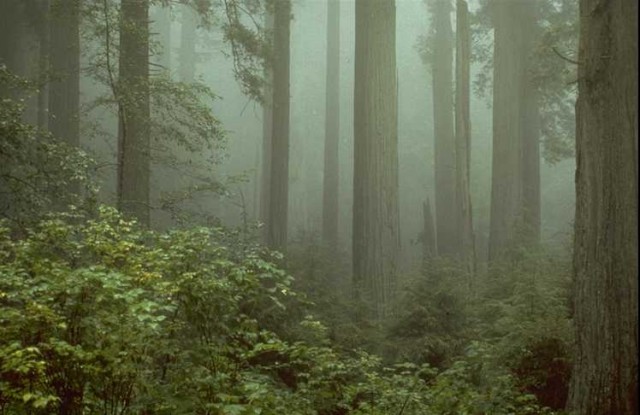Large, old trees disappearing worldwide
Ars Technica » Scientific Method 2012-12-14

Large old trees are rapidly declining in many parts of the world, which has big implications for ecosystems and biodiversity. The new study, published in the journal Science, finds that the loss of large old trees in many areas around the world poses a threat to ecosystem integrity.
Large, old trees play critical ecological roles, providing up to 30 percent of all vertebrate species with nesting spots or other shelter. In addition to shelter, they act as a source of food, attract pollinators, store large amounts of carbon, and play a crucial role in local hydrology. Even after death, large trees persist for decades or centuries, when they become standing dead wood or logs. Younger, smaller versions simply can’t replicate the critical ecological roles played by large old trees.
The loss of these trees is a recognized concern in ecosystems worldwide. In intensively grazed landscapes such as California, Costa Rica, and Spain, these trees are predicted to disappear within 90 to 180 years. In southeastern Australian, millions of hectares of grazing lands are seeing a significant decline. Within the next 50 to 100 years, they’re projected to support less than 1.3 percent of the historical densities of large old trees. Chronic livestock overgrazing, excessive nutrients from fertilization, and removal of trees to clear land are all contributing to these trends.
Read 3 remaining paragraphs | Comments